The 19th century was a period of rapid industrial development and science. And railway is one of the most important technological inventions of the 19th century. The world’s first underground railway was opened in London in January 1863.
British engineer, Magnus Volk, invented a unique coastline railway in Brighton, England that ran through the shallow coastal waters of the English Channel between 1896 and 1901. It was built on cables 24 ft above the sea, allowing it to pass through 15 ft of water at high tide if necessary. Its car was appropriately named ‘Pioneer’, but it became more commonly known as the ‘Daddy Long-legs’ or the ‘Spider’. It was initially a great success, with large crowds queueing up to take a ride through the sea. But just six days later the line was forced to shut after a huge gale wrecked the train carriage and the pier.
The service was reopened after eight months on July 20, 1897, with the Prince of Wales among those who took a ride on it. But customers became fewer and farther between as the 6d fee for a train that only went six miles per hour grew too much for locals. High tide would often slow the car down and breakdowns were common, causing timetable cancellations for weeks on end.
On September 1, 1900, Brighton Corporation gave Volk two months’ notice to relocate the track to make room for groin extensions. Volk appeal was rejected and in February 1901 the Borough Surveyor removed a section of the track and the service was suspended. It was officially abandoned the following year. The elegant car was tied up at the Ovingdean landing stage, where it was left to die a slow death until it was removed for scrap in early 1910.
Here below are some fascinating photos of the lost Brighton and Rottingdean Seashore Electric Railway.


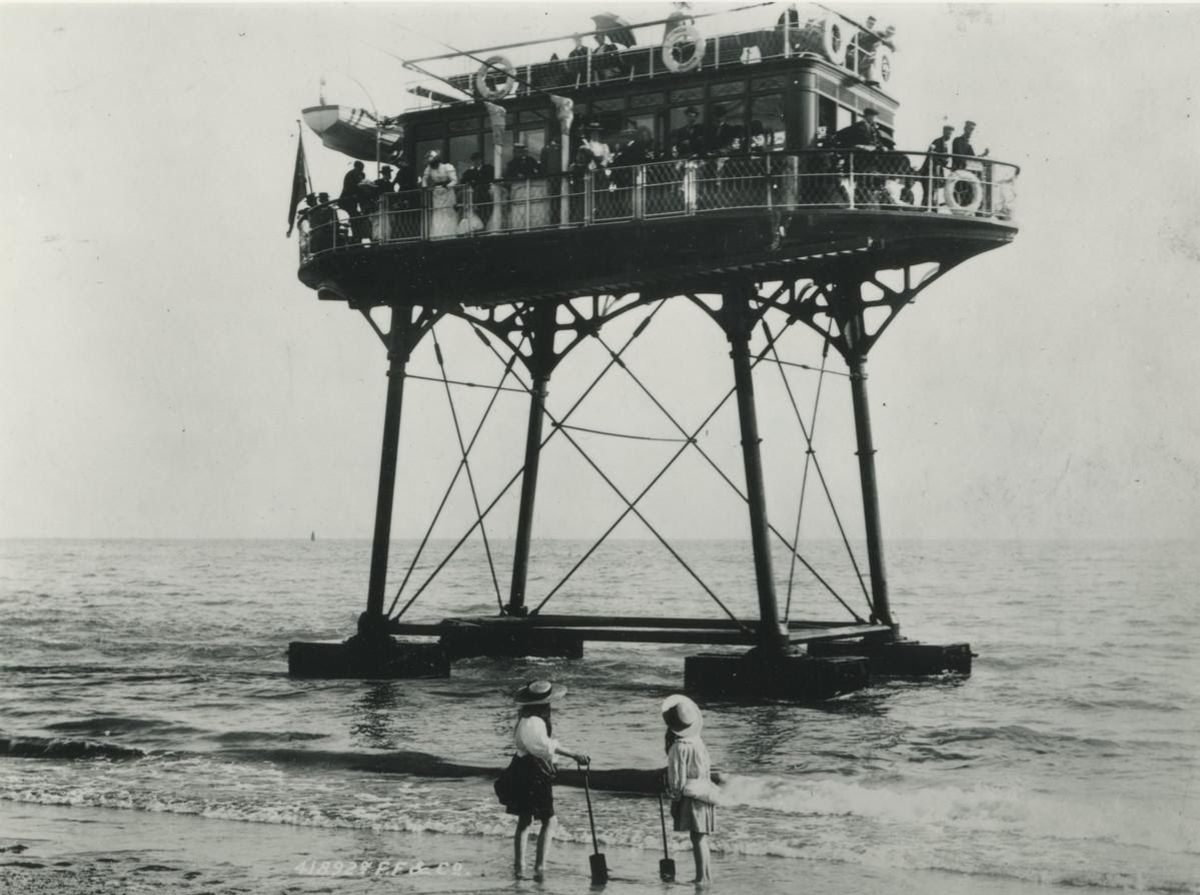
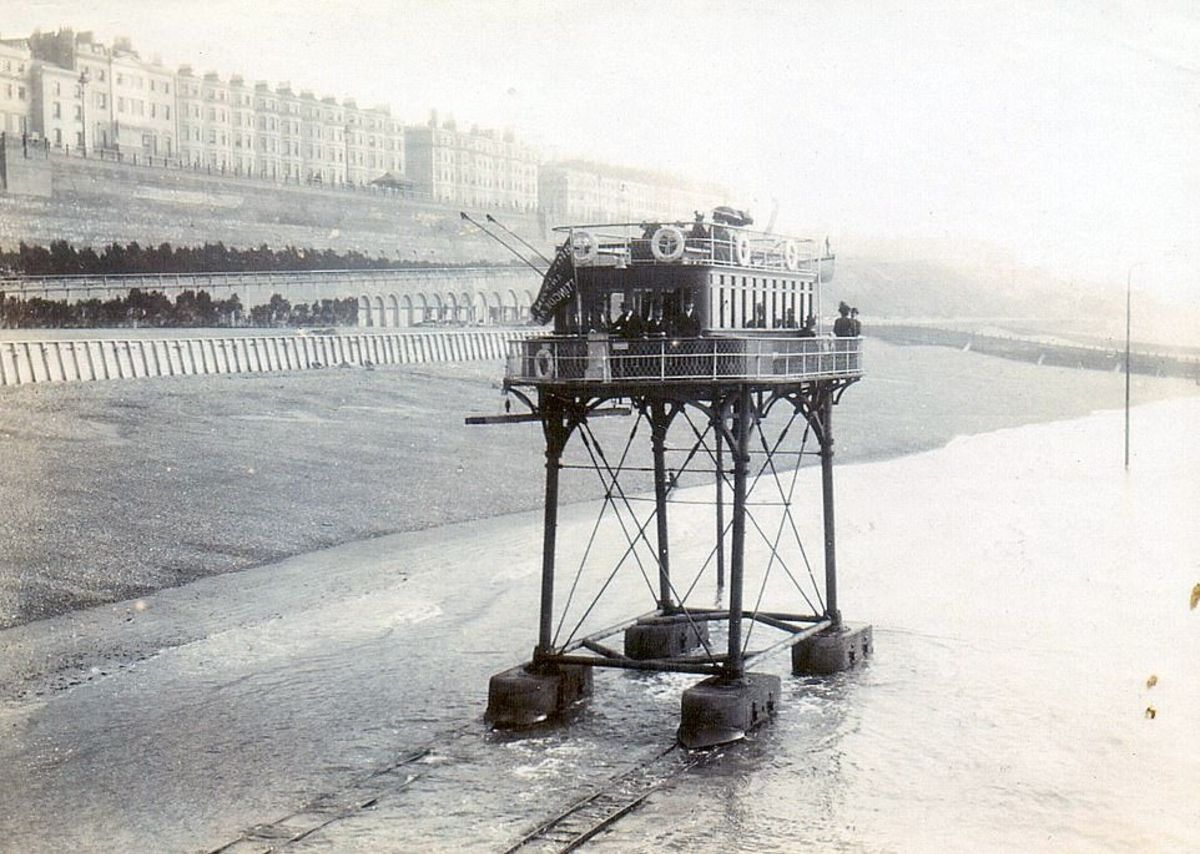
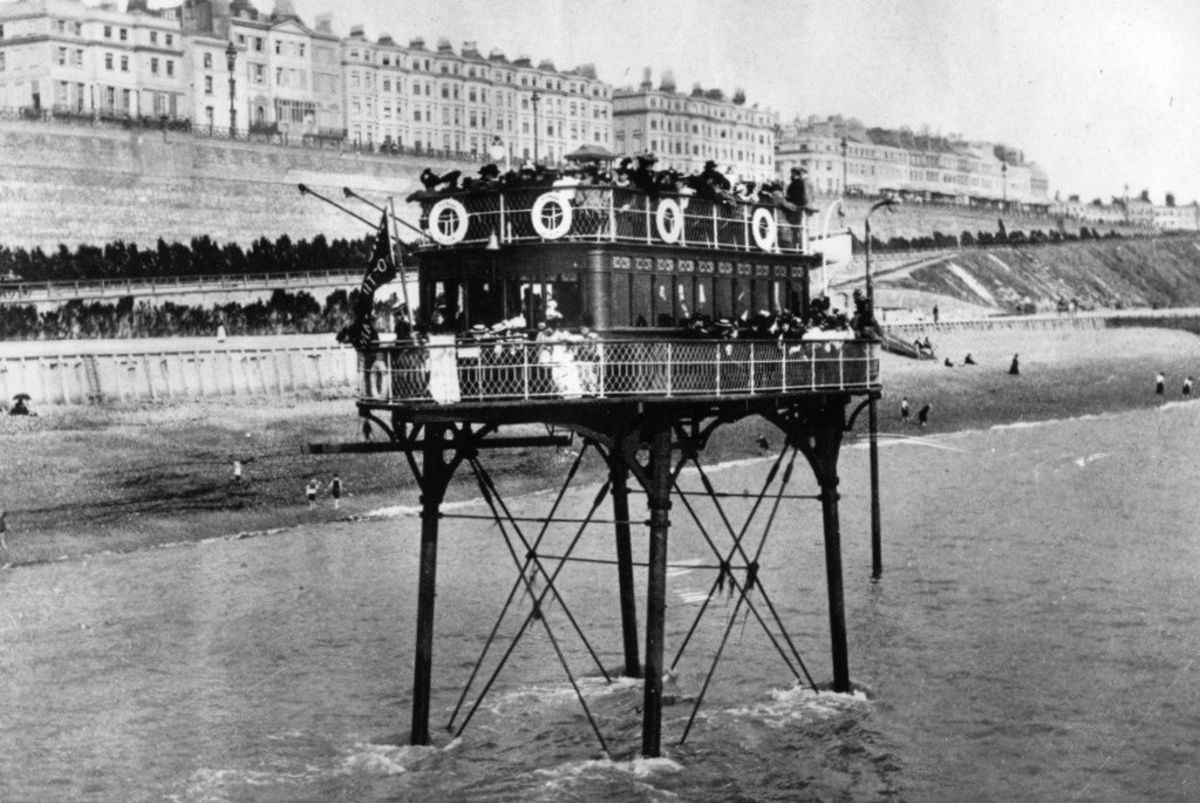
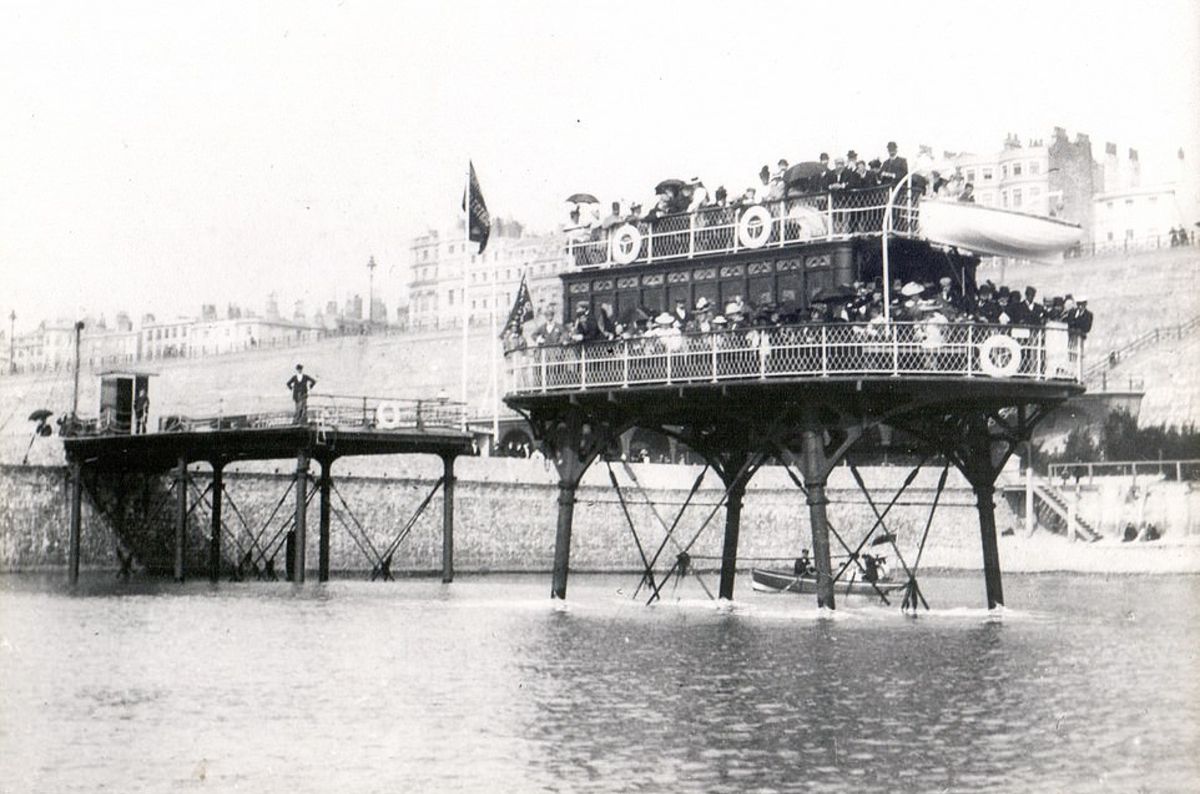
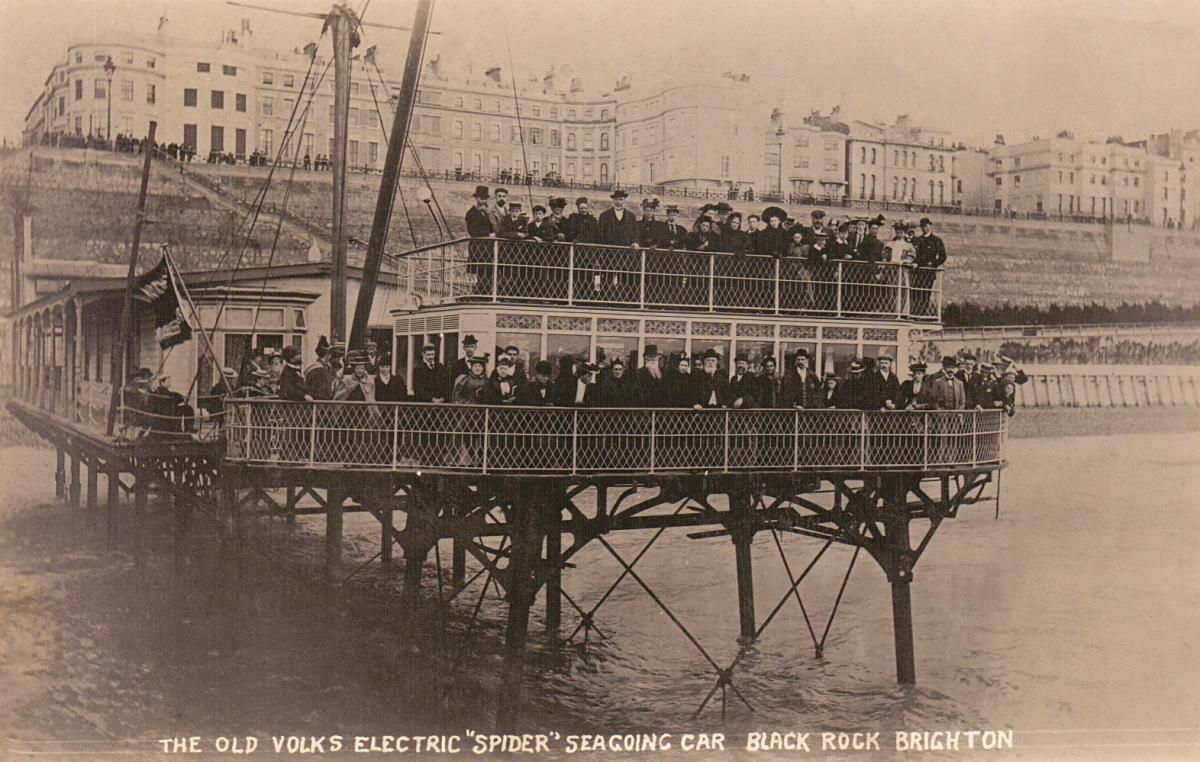
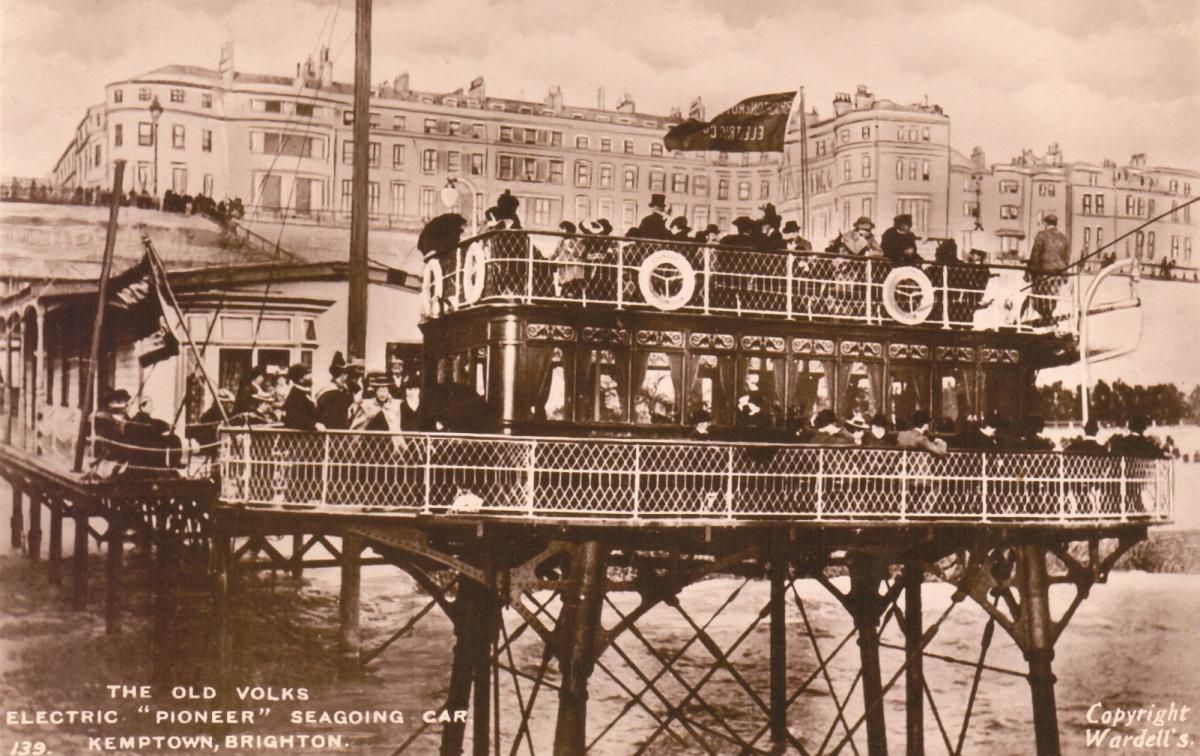
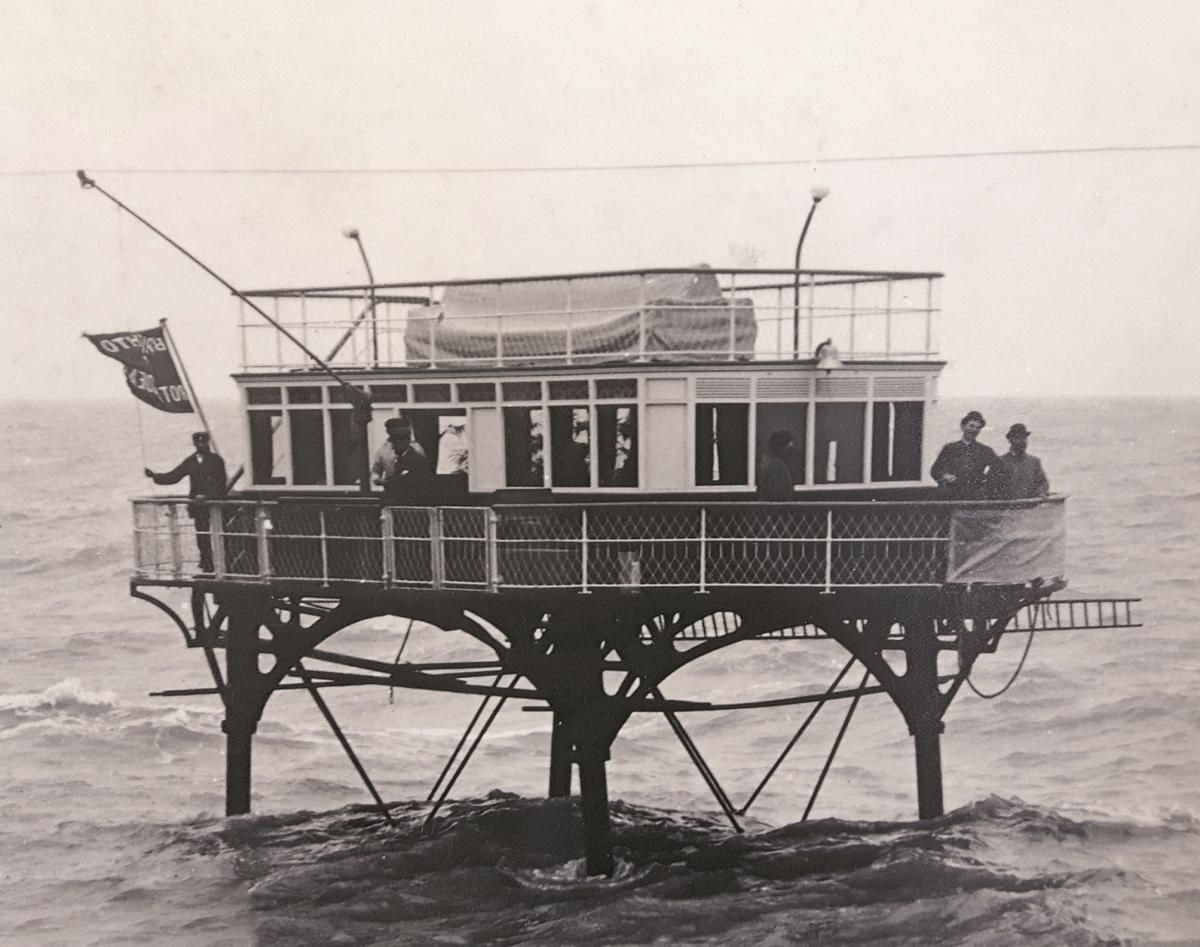
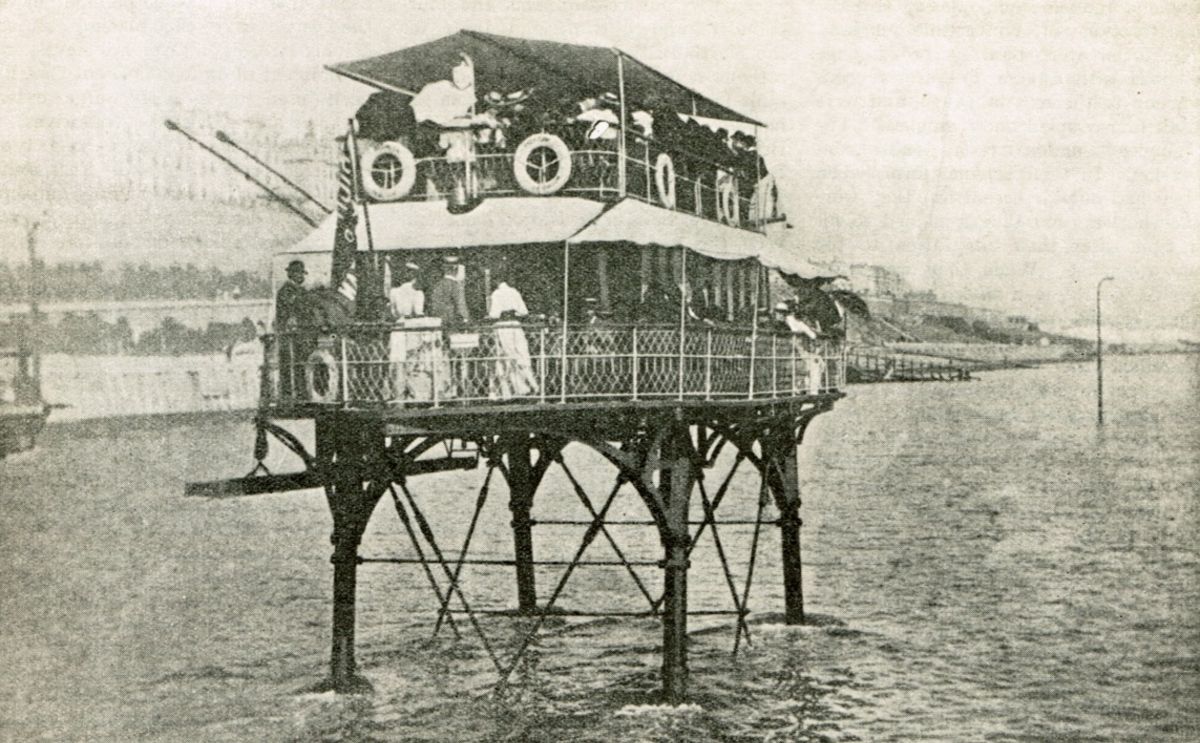
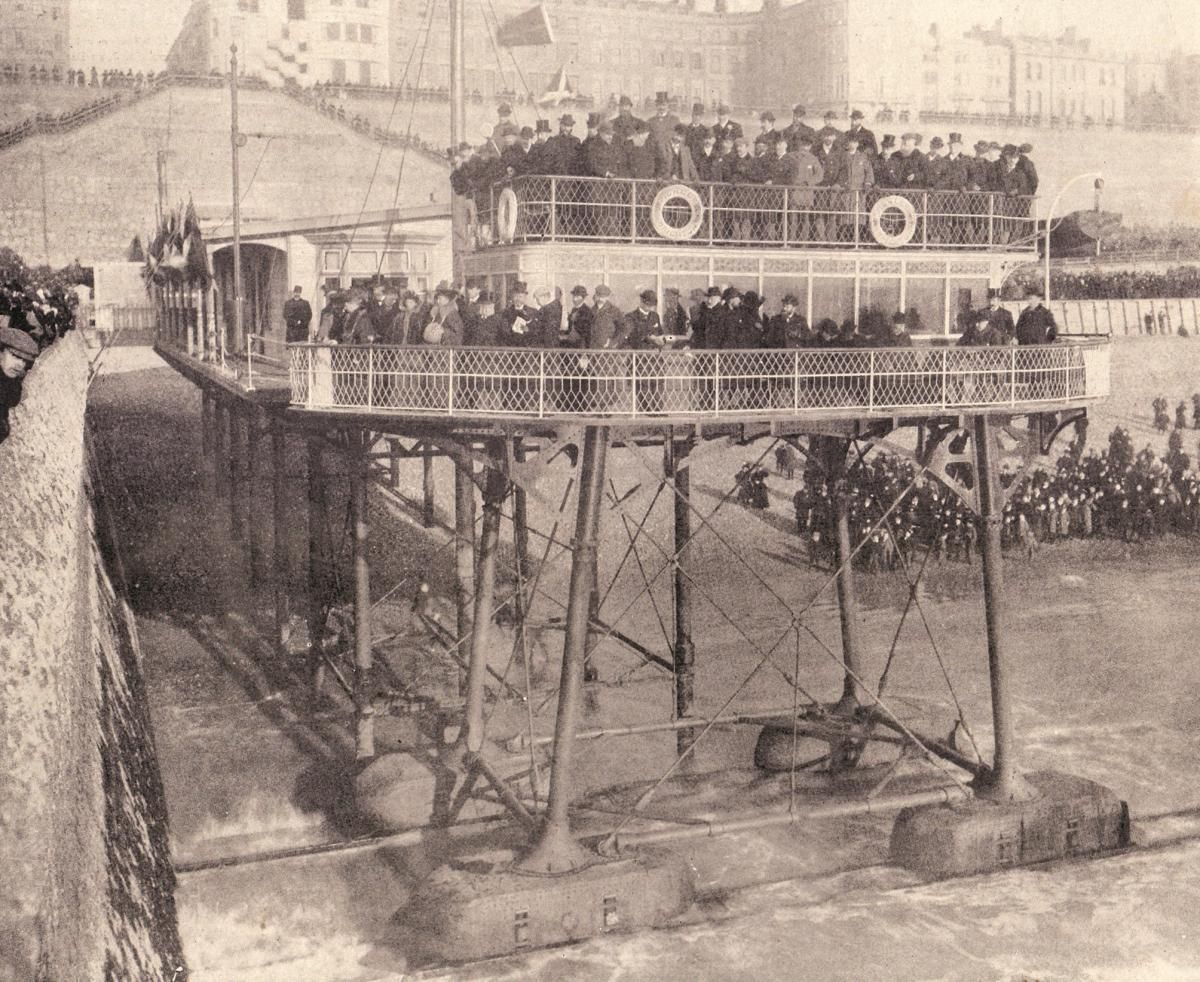
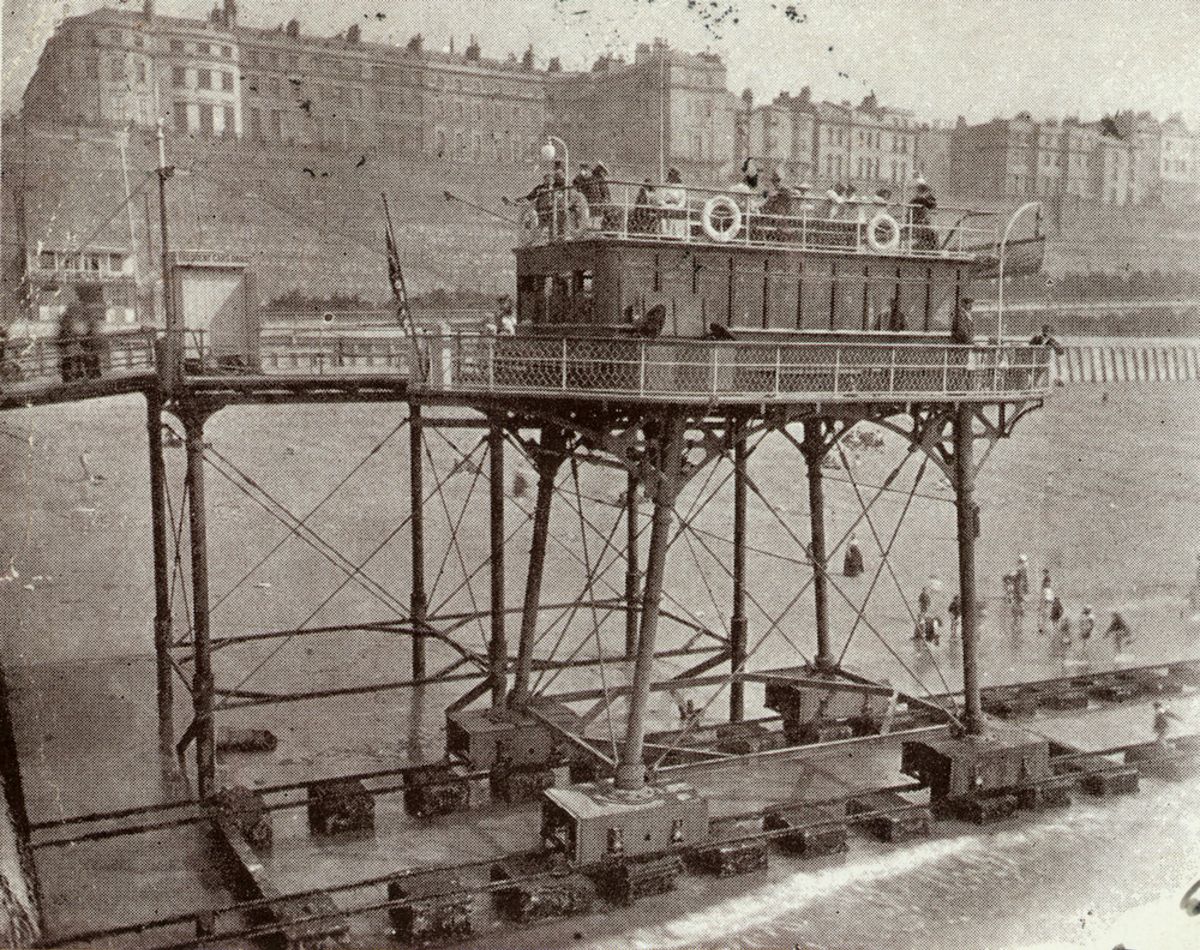
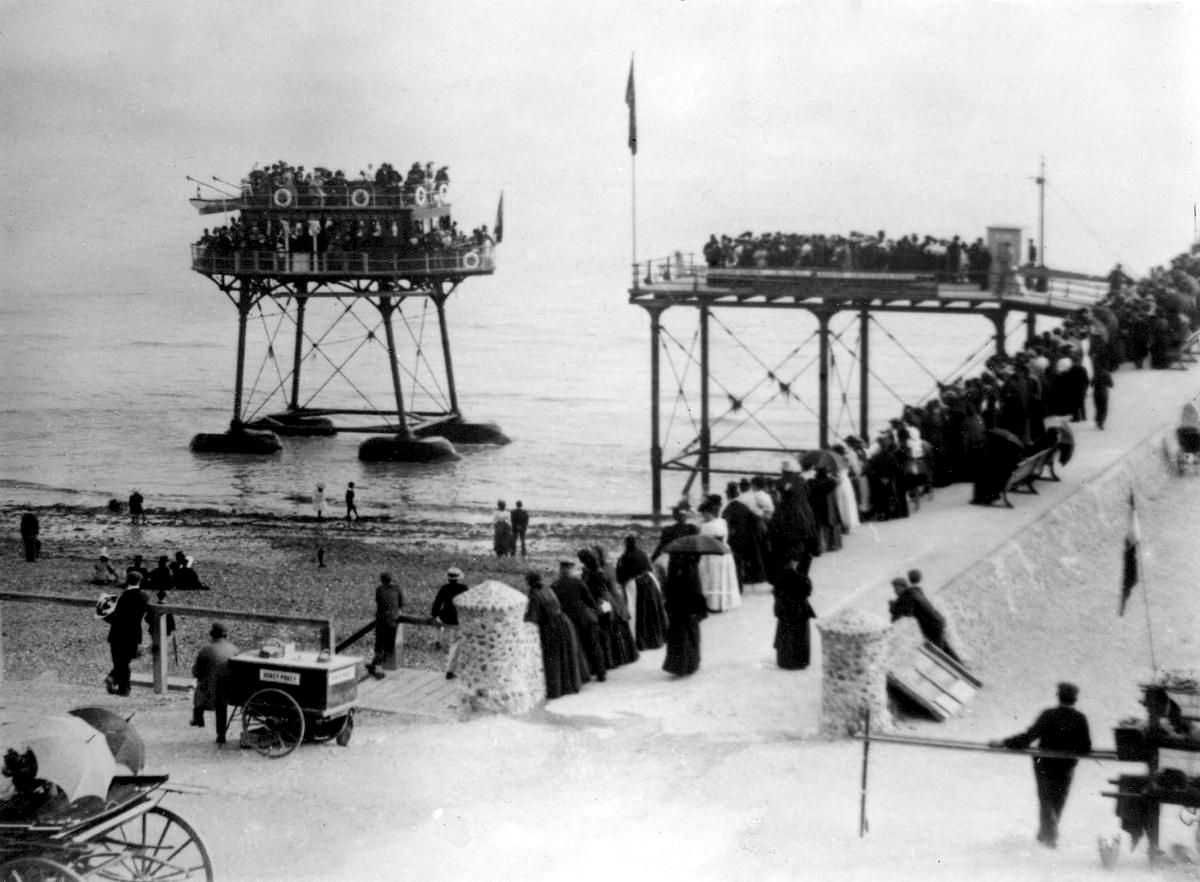
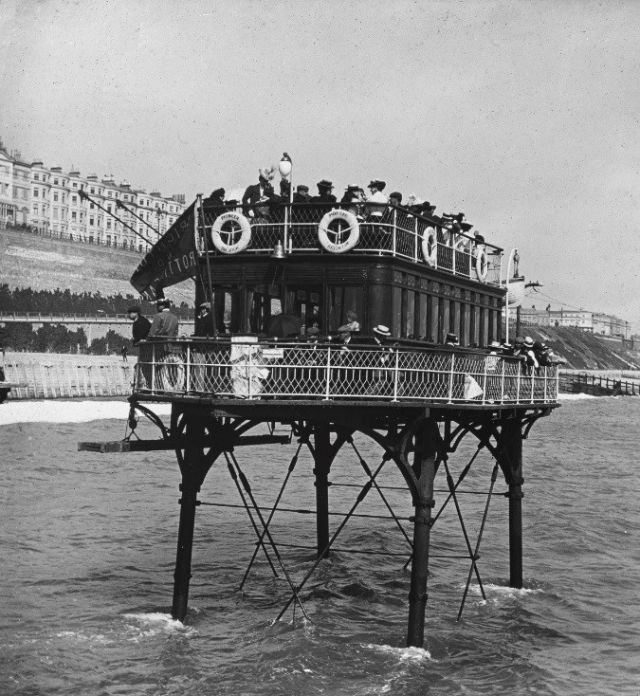
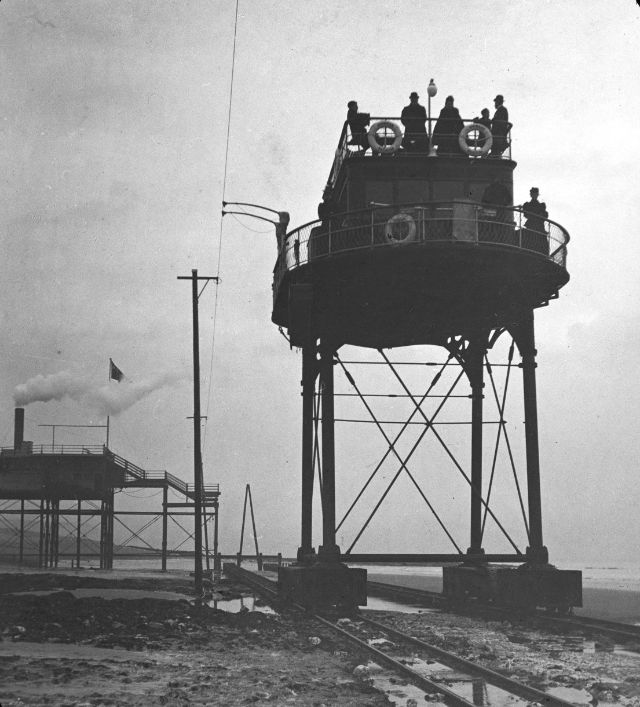
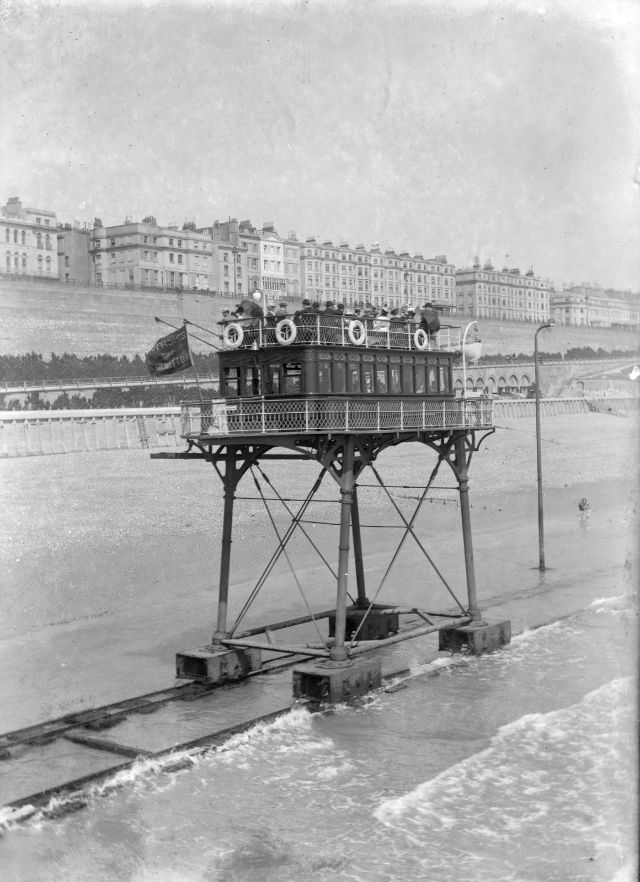
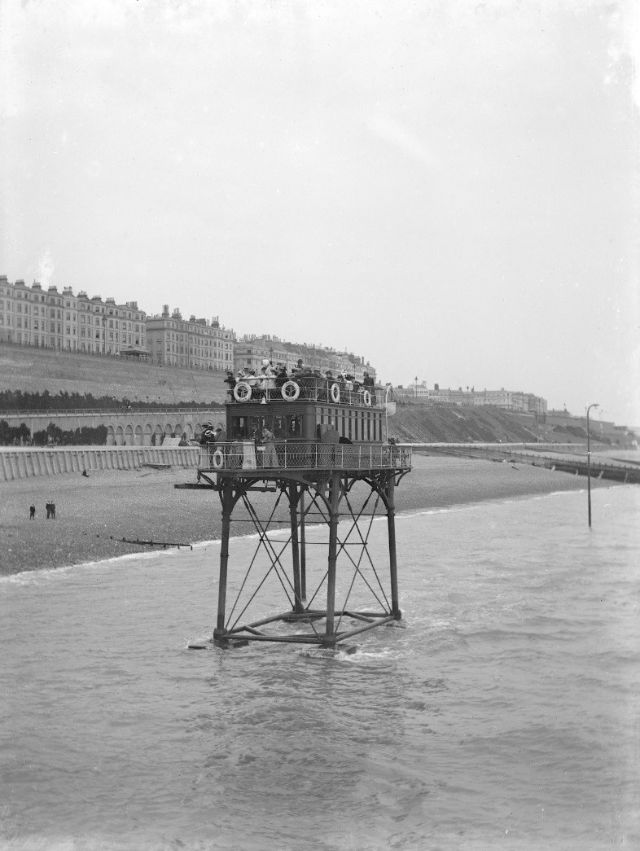
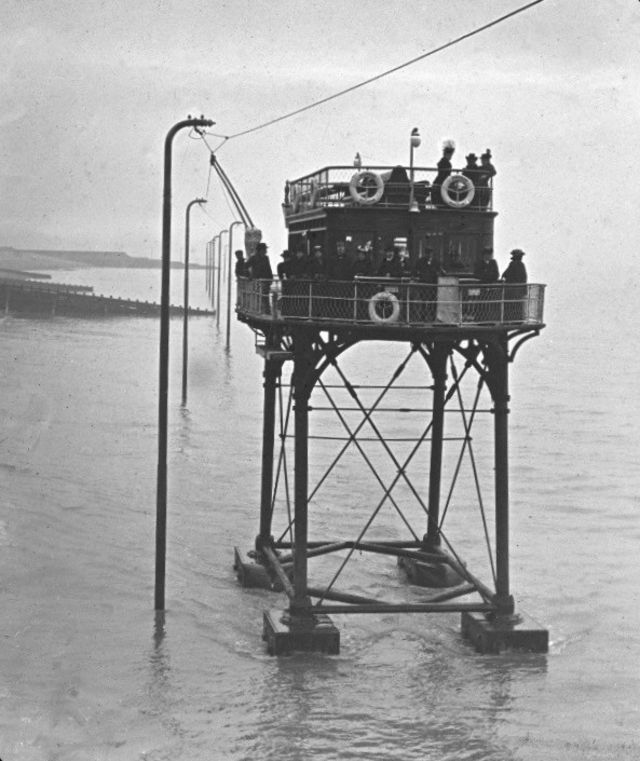
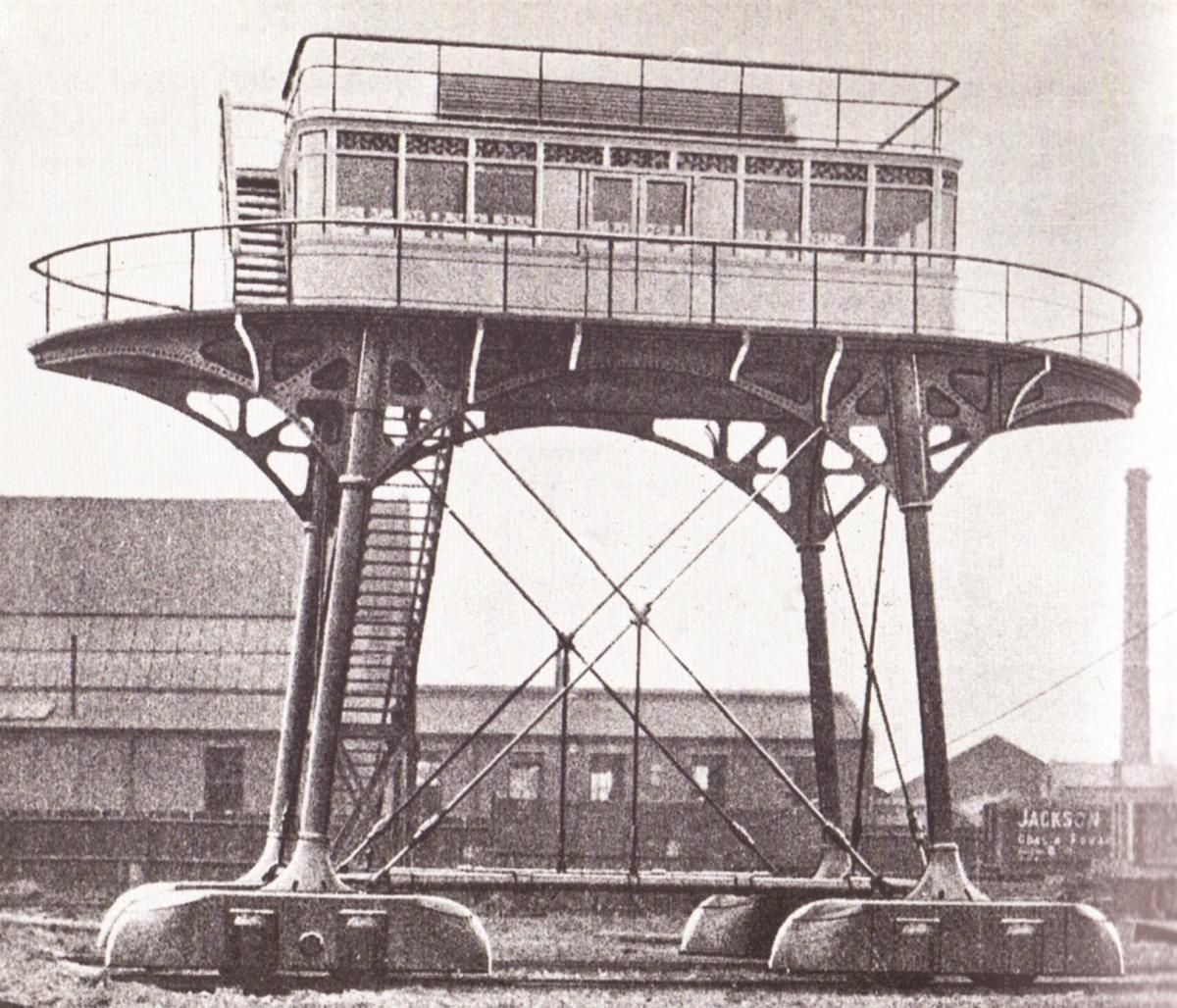
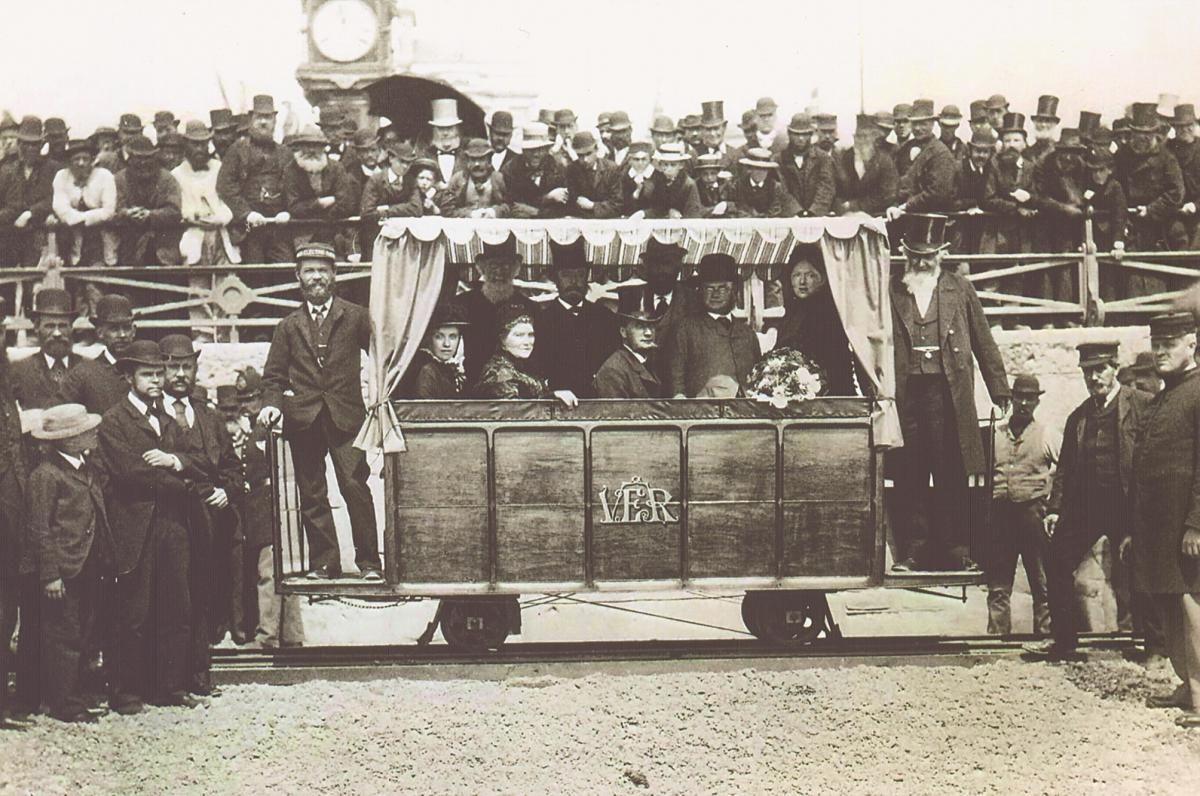
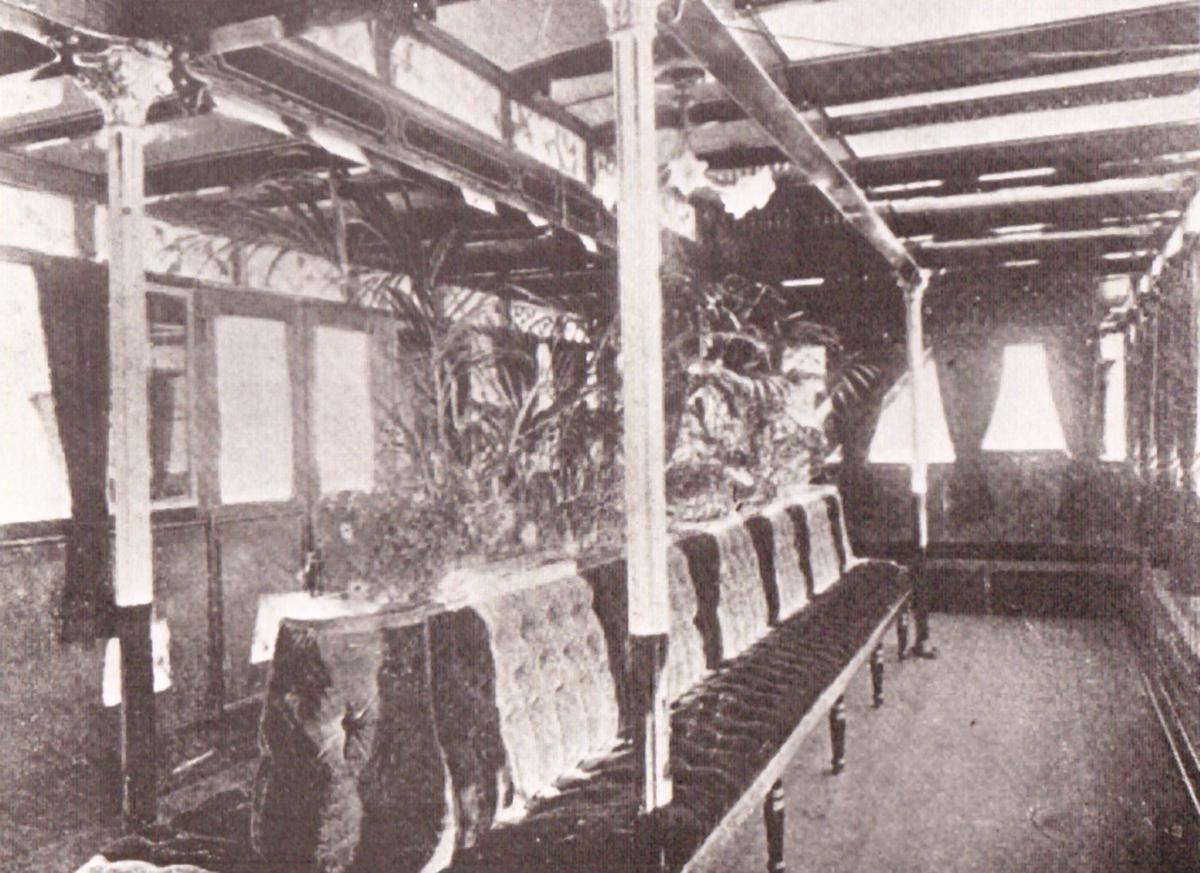
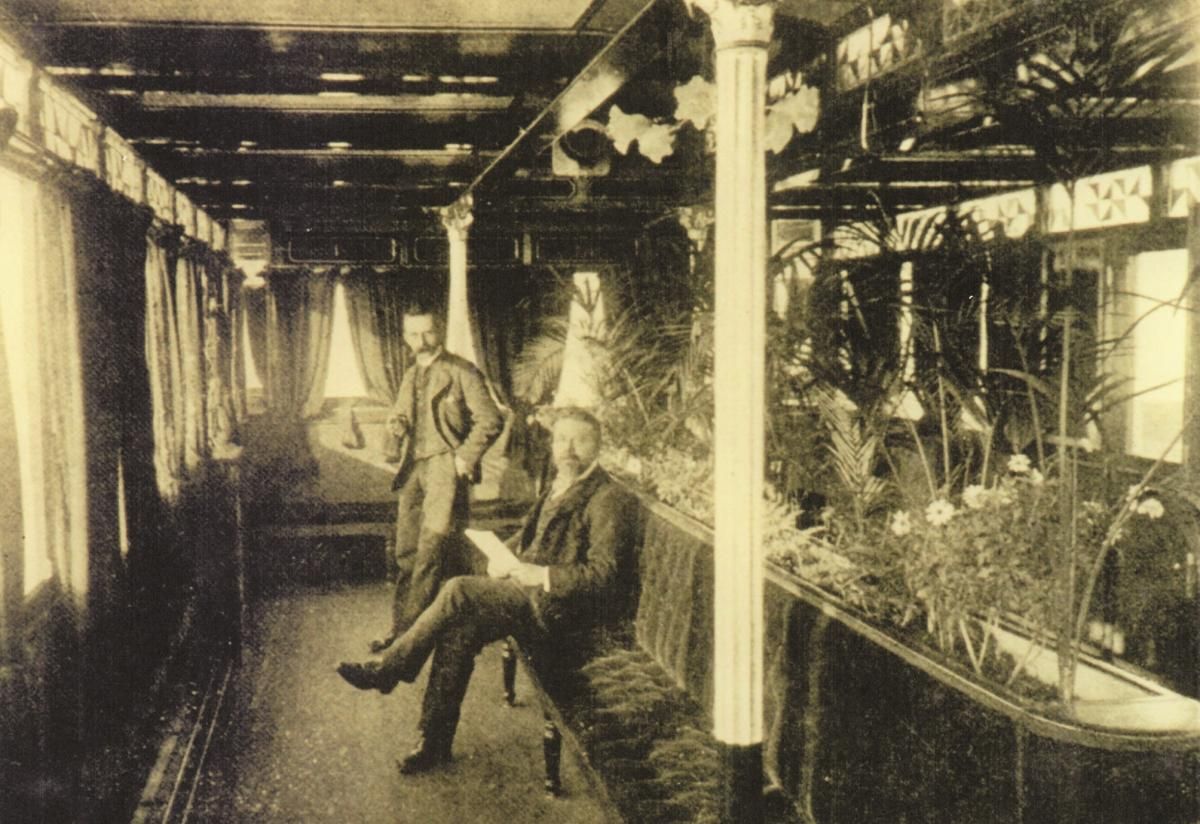

I always think that ‘Magnus Volk’ is the best name for a Victorian inventor; you couldn’t make that up.